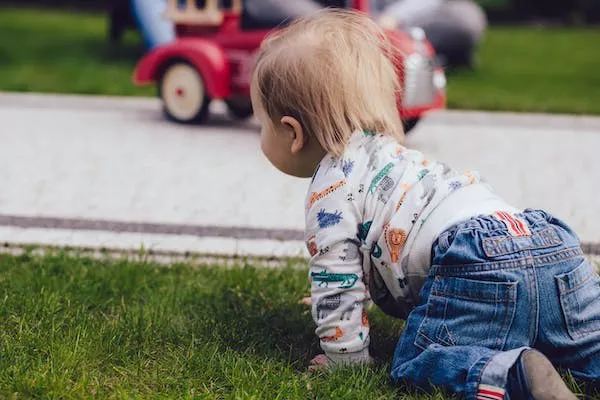In the fast-paced world of today, parents and educators often focus on academic subjects when it comes to early childhood education. However, it’s crucial not to overlook the significance of art in a child’s development. In this article, we will delve into the importance of art in early childhood and explore various aspects that highlight its role in fostering creativity, cognitive growth, and emotional well-being.
1. Early Childhood Art Education: A Foundation for Creativity
Early childhood art education lays the foundation for fostering creativity and imagination in young minds. Encouraging children to explore various art forms, such as drawing, painting, sculpting, and crafting, allows them to express themselves freely. This creative freedom fosters their ability to think outside the box, problem-solve, and develop innovative ideas.
2. Benefits of Art in Early Childhood: Cognitive Growth
Art is not merely a creative outlet; it also plays a significant role in cognitive development. When children engage in artistic activities, they enhance their fine motor skills, hand-eye coordination, and spatial awareness. These skills are essential for tasks like writing, typing, and even sports. Additionally, art activities stimulate critical thinking as children make decisions about color choices, shapes, and designs.
3. Creative Expression in Children: Building Confidence
Art offers children a platform for self-expression, enabling them to convey their thoughts and emotions in a non-verbal manner. This is particularly valuable for children who may struggle with verbal communication or those who are shy. When a child sees their artwork displayed or receives positive feedback, it boosts their self-esteem and confidence, encouraging them to explore their creativity further.
Art encourages children to express complex emotions that they may find difficult to articulate verbally.
Engaging in creative activities allows kids to develop a sense of identity and individuality.
4. Art and Emotional Development in Kids: A Therapeutic Outlet
Art is not only about creativity; it can also serve as a therapeutic outlet for young children. Through art, children can process their emotions and deal with challenging situations. It provides a safe space for them to express their feelings, whether it’s joy, sadness, anger, or confusion.
Art therapy has been used effectively to help children cope with trauma, anxiety, and stress.
Encouraging art as a daily activity can promote emotional regulation in children.
5. Art Activities for Young Children: Nurturing Creativity
Now that we understand the importance of art in early childhood, let’s explore some practical art activities that parents and educators can introduce to nurture creativity:
a. Finger Painting: This messy yet delightful activity allows children to explore different textures and colors while improving their fine motor skills.
b. Collage Making: Providing children with magazines, scissors, and glue can spark their imagination as they create unique collages.
c. Playdough Sculpting: Playdough offers a hands-on experience that enhances sensory development and creativity.
d. Nature Art: Encourage children to collect leaves, twigs, and rocks from nature and use them to create beautiful artwork.
e. Storytelling through Art: Ask children to draw or paint a picture that represents a story they want to tell, promoting narrative skills.
6. Conclusion: The Lifelong Impact of Art
In conclusion, art is not just a pastime; it is a fundamental component of early childhood development. It fosters creativity, cognitive growth, and emotional well-being, laying the groundwork for a child’s future success. Parents and educators should prioritize art education and provide opportunities for children to explore their creative potential. By doing so, we ensure that the next generation grows up equipped with the essential skills and confidence needed to navigate an ever-changing world. So, encourage the young artists in your life to pick up that paintbrush or mold some clay – the benefits will last a lifetime.


